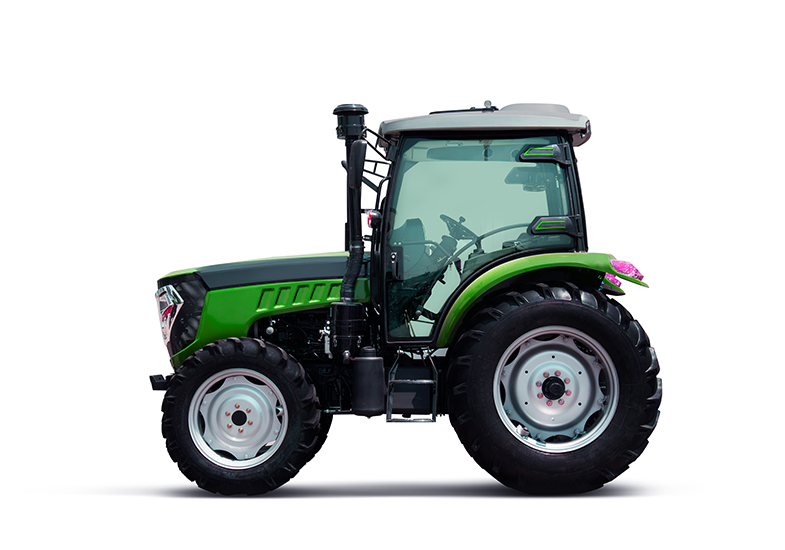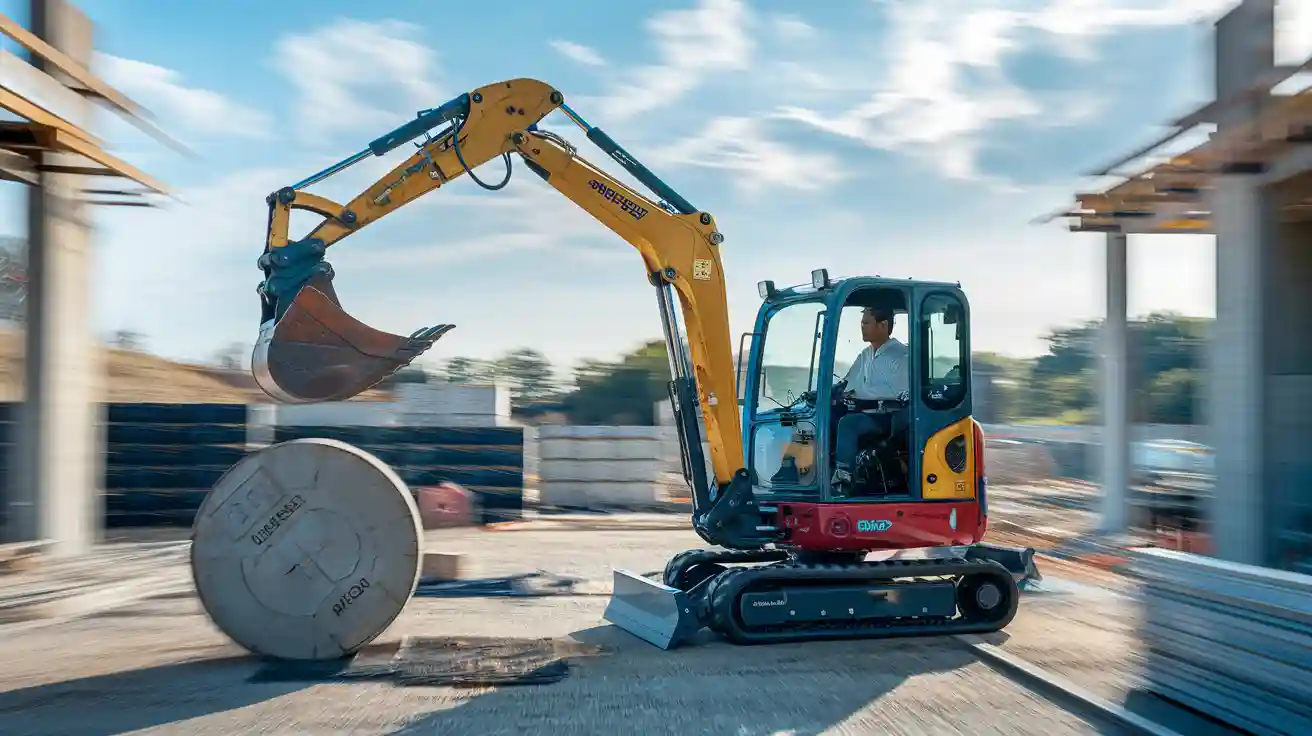You might wonder how much weight a mini excavator lift can handle. Most mini excavators can lift between 1,000 and 20,000 pounds, depending on the model and the environment where you use it. The lifting capacity varies with the machine’s size, setup, and ground conditions. If you’re looking for a reliable brand, DeepKron is a top choice for compact machinery. Here’s a quick comparison:
Weight Class | Industry Average Lifting Capacity (lbs) | DeepKron Model | DeepKron Lifting Capacity (lbs) |
|---|---|---|---|
Small | 700 – 1,750 | DK300 | 551 |
Medium | 1,750 – 2,200 | DK500 | 881 |
Large | 2,200 – 4,200 | DK700 | 1,719 |
These mini excavator lift machines are designed for tight spaces and easy maneuverability, making them ideal for jobs that require a compact and efficient machine.
Key Takeaways
Mini excavators can lift 1,000 to 1,500 pounds. Bigger models can lift up to 10,000 pounds. The amount depends on the size and setup of the machine.
Always look at your machine’s lift chart before you lift anything. This chart shows the safe weight you can lift at different heights and distances.
Keep loads close to the machine when you lift. Use the backfill blade to help keep the machine steady and safe.
Check the hydraulics and attachments often. Follow the manufacturer’s rules to stop accidents and damage.
Get the right training to know the lift limits. Learn how to use the controls safely. This helps you avoid common mistakes when lifting.
Mini Excavator Lift Capacity
Typical Ranges
When you look at mini excavator lift performance, you will notice that lifting capacity changes with the size of the machine. Smaller machines handle lighter loads, while larger ones can move much heavier objects. You should always check the weight class before you start a job. Here is a quick table to help you see the typical lifting capacity for each class:
Mini Excavator Weight Class | Typical Lifting Capacity Range |
|---|---|
1–2 tons | 500–1,000 lbs |
3–4 tons | 1,500–2,500 lbs |
5–6 tons | 3,000–4,000 lbs |
7–10 tons | 4,500–7,500 lbs |
You can see that as the weight class goes up, the lifting capacity also increases. This means you can choose the right mini excavator lift for your project, whether you need to move small loads or handle something much heavier.
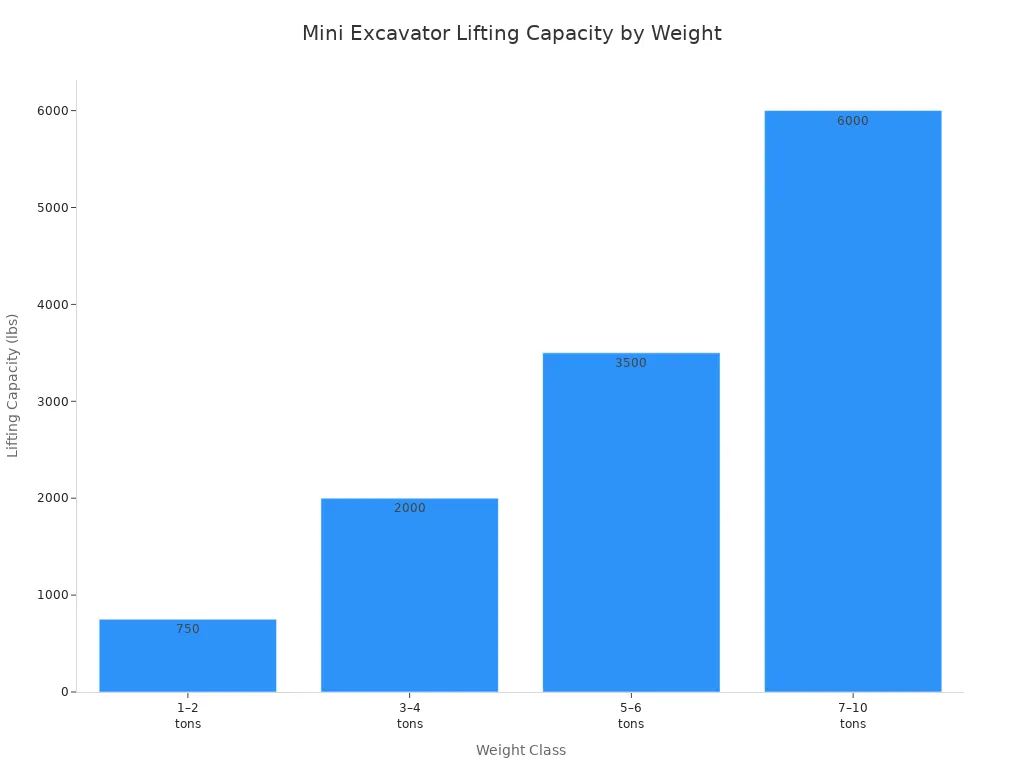
Keep in mind, the lifting capacity can change depending on how far you extend the arm or how high you need to lift. The closer the load is to the machine, the more weight you can lift. If you reach out farther, the lifting capacity drops. Always check the manufacturer’s chart for the exact numbers.
DeepKron Models

DeepKron mini excavators fit right into these industry ranges. You get reliable lifting capacity and strong performance, no matter which model you choose. Most affordable DeepKron machines can lift between 1,000 and 1,500 pounds. Larger models can reach a max lift capacity of up to 10,000 pounds. This gives you plenty of options for different jobs.
Here’s a quick look at what you can expect from DeepKron:
Feature | Details / Range |
|---|---|
Typical Lifting Capacity | 1,000–1,500 lbs for most affordable models |
Max Lift Capacity | Up to 10,000 lbs for larger models |
Weight Classes | From 2 tons to over 10 tons |
Best Use | Small models for tight spaces, large for strength |
You might wonder how these numbers work in real life. Many DeepKron customers have shared their stories:
A family farm in Georgia used a DeepKron mini excavator lift to dig ditches after a flood. The machine worked in tight spots and moved heavy water-soaked soil, saving their crops.
Utility crews used DeepKron machines to lift heavy objects and place new poles after storms. The mini excavator lift handled tough jobs in small spaces.
City workers fixed sidewalks in crowded areas. They praised the lifting capacity and easy controls, which helped them move materials without damaging lawns.
Landscapers and homeowners also love the quick tool change system. It lets you switch attachments fast, so you can lift, dig, or move things without wasting time.
You can trust DeepKron to deliver the lifting capacity you need. The brand designs every mini excavator lift for strength, safety, and easy use. Whether you work on a farm, in the city, or on a construction site, you will find a DeepKron model that fits your needs.
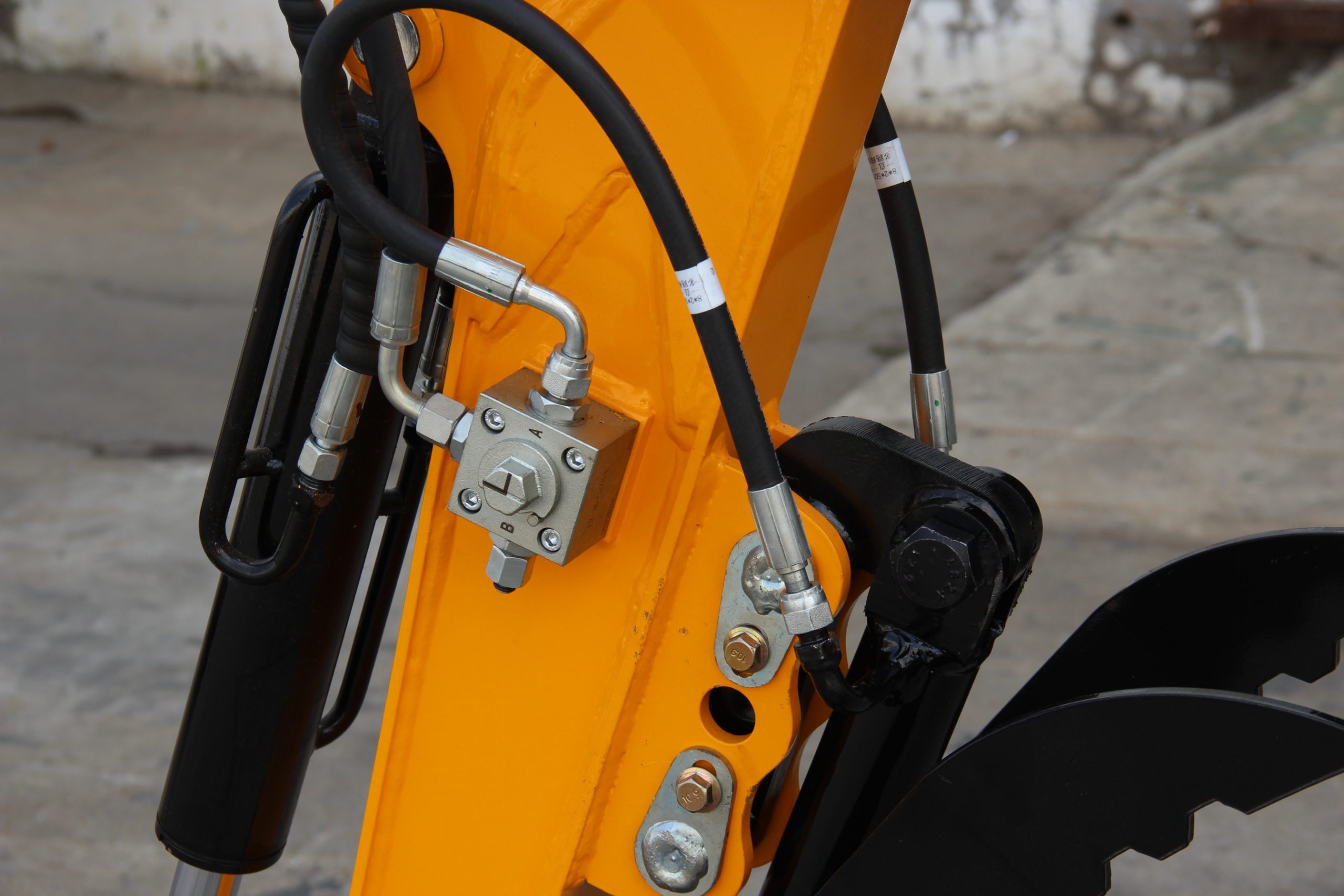
Factors Affecting Lifting Capacity
Machine Size
The size of the mini excavator is very important. Bigger machines can lift heavier things. Look at the table below to see the difference:
Mini Excavator Weight Class | Typical Lifting Capacity Range (kg) |
|---|---|
1.5 tons | 500 – 750 |
3 tons | 1,000 – 1,360+ |
A 3-ton excavator lifts almost twice as much as a 1.5-ton one. Heavier machines are also more stable. This helps you lift safely. DeepKron makes each model with good balance. Always check the weight class before you choose a mini excavator.
Hydraulic Power
Hydraulic power is like the strength of your mini excavator. Strong hydraulics mean you can lift more weight. The hydraulic system uses fluid pressure to make force. This lets you lift heavy things easily. If you take care of the hydraulics, your machine works well. DeepKron uses advanced hydraulics in every model. You get smooth control and strong lifting every time.
Tip: Check for leaks often and keep hydraulic fluid full. This helps your lifting stay safe and strong.
Stability
Stability keeps your mini excavator from tipping over. Wide tracks and balanced counterweights help a lot. A solid undercarriage also helps. If you reach too far or work on a slope, lifting gets harder. DeepKron machines spread weight evenly. They have safety features like roll-over protection. You can trust your lifting even in tough places.
Attachments
Attachments change what your mini excavator can do. They also change how much you can lift. Heavy buckets or hammers make the machine less stable. This lowers your lifting capacity. DeepKron has quick couplers and smart sensors. These help you pick the right tool for the job. Always check the lift chart when you add a new attachment. This keeps your lifting safe.
DeepKron’s new features for lifting and safety include:
Advanced hydraulics for smooth lifting
Smart sensors and lift assist
Easy-to-use controls
To pick the best mini excavator for lifting, look at all these things. DeepKron builds every machine with safety and quality. This helps you get the most lifting power every day.
How Much Weight Can a Mini Excavator Lift
Lift Charts
If you want to know how much weight a mini excavator lift can handle, you need to check the lift chart for your machine. Lift charts are like maps that show you the safe lifting capacity at different heights and distances. You can usually find these charts in the operator’s manual or sometimes on a sticker inside the cab.
Manufacturers create lift charts by testing each mini excavator lift according to strict standards. They measure how much weight the machine can lift at different heights and how far out from the machine you place the load. These tests use the ISO 10567 method, which means you get reliable numbers.
Here’s how you use a lift chart:
Review the chart for your specific mini excavator lift model. Make sure you know the boom length, arm length, and any attachments you have.
Find the lift point height. This is the vertical distance from the ground up to the bucket’s pivot point.
Measure the lifting radius. This is the horizontal distance from the center of the swing point to the load.
Look for the intersection of height and radius on the chart. The number you see is the maximum safe lifting capacity for that spot.
Check if the chart marks the number with an asterisk. That means the limit comes from hydraulic power, not tipping risk.
If you see a blank cell, don’t try to lift there. It’s not safe.
Tip: Always include the weight of your bucket and any attachments when you calculate lifting capacity. Heavier attachments lower the amount you can lift.
Lift charts also show different numbers for lifting over the front or over the side. Lifting over the front is usually safer because the counterweight helps balance the load. If you lift over the side, the machine can tip more easily.
You should always check the chart before you start a job. If you want model-specific data, DeepKron’s website has detailed charts and manuals for every mini excavator lift. This helps you plan your work and stay safe.
Measurement Points
When you want to calculate lifting capacity, you need to measure two main things: height and radius. These points decide how much weight your mini excavator lift can handle.
Lift Point Height: Measure from the ground up to the bucket’s pivot pin. This tells you how high you want to lift the load.
Lifting Radius: Measure from the centerline of the swing point out to the load. The farther out you reach, the less you can lift.
Boom Length and Configuration: Shorter booms let you lift more. Longer booms reach farther but lower your lifting capacity.
Blade Position: Lowering the dozer blade makes your machine more stable. If you lift with the blade up, you lose some stability.
Attachments: Heavy buckets or tools change the balance. Always add their weight when you calculate lifting capacity.
Here’s a quick checklist for measuring:
Check the lift chart for your model.
Measure the height and radius for your lift.
Add up the weight of the load and attachments.
Make sure the total is less than the chart’s safe lifting capacity.
Note: Real-world conditions like soft ground, wind, or obstacles can change how much weight a mini excavator lift can handle. Always use caution and adjust for these factors.
Modern DeepKron mini excavators come with smart sensors and weighing systems. These features show you real-time load data and warn you if you get close to the limit. You get more safety and accuracy, so you can focus on the job.
If you ever wonder how much weight can a mini excavator lift, start with the lift chart and measurement points. This helps you work smarter and safer every time.
Safe Lifting Practices
Manufacturer Guidelines
You want every lift to be safe and smooth. That starts with following the manufacturer’s rules. DeepKron and other top brands give you clear steps to keep you and your machine safe. Here are some key points you should always remember:
Check the operator’s manual and maintenance checklist before you start.
Place your mini excavator on flat, solid ground, away from edges or drop-offs.
Test-lift the load a few inches to see how the machine reacts.
Move the controls slowly and smoothly to keep control of the load.
Always use the lift chart for your model. Add up the weight of the bucket, coupler, and any attachments.
Never lift more than the rated capacity at any point in the working range.
Use the backfill blade on the ground for extra stability.
Keep the undercarriage as wide as possible if it can extend.
Remember, lifting over the side is less stable than lifting over the front.
Use the right lifting attachments and connect them securely.
Plan your lift path and watch for obstacles or overhead wires.
Communicate with anyone helping you on the ground.
DeepKron designs every machine with your safety in mind. You get clear instructions and built-in features to help you lift safely every time.
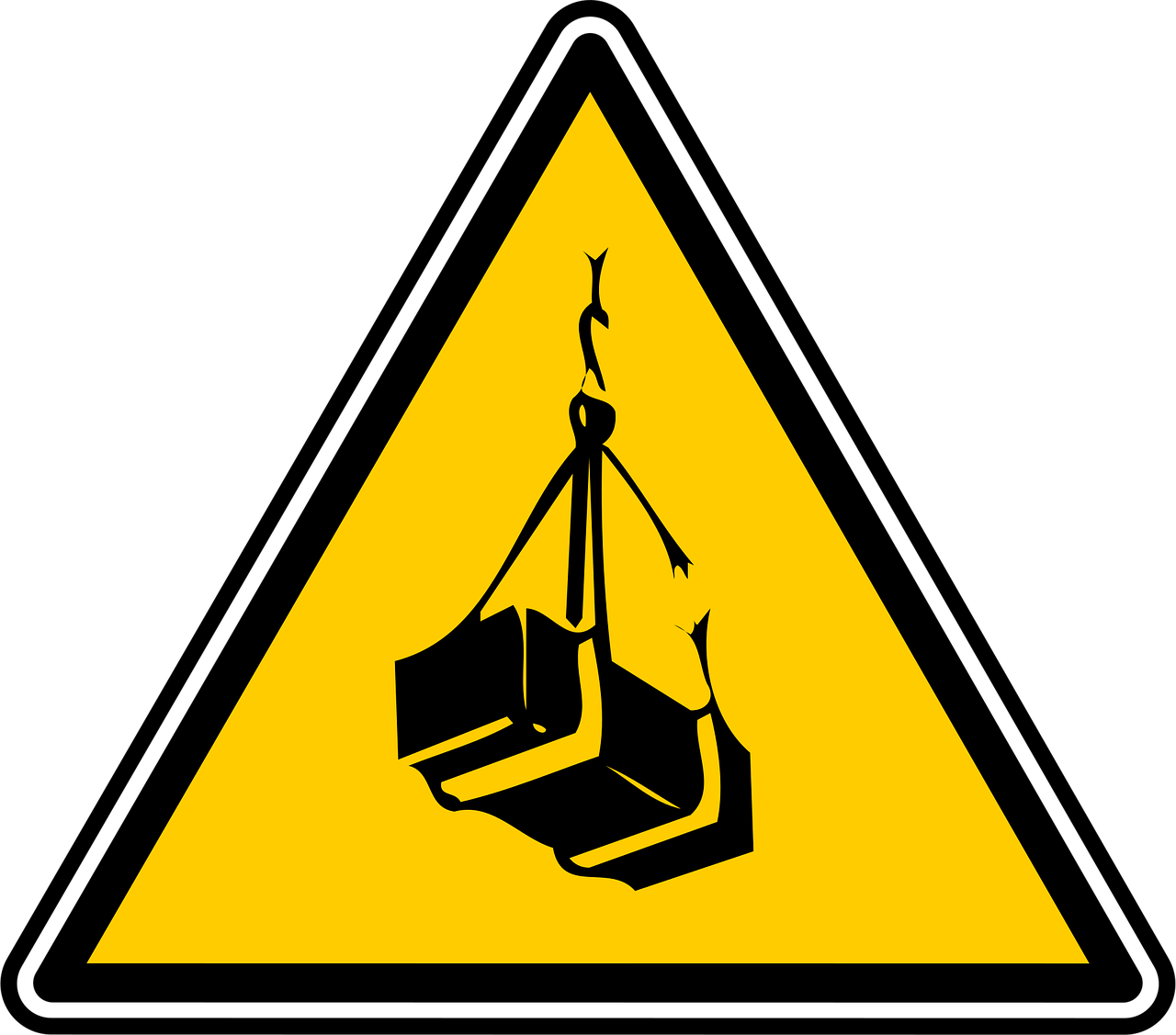
Operator Training
You need the right training to use a mini excavator for lifting. Good training helps you understand how much your machine can lift and how to use it safely. Here’s what you should know:
Learn how to read and use lift charts for your machine.
Know how attachments and accessories change your lifting limits.
Always subtract the weight of slings and heavy tools from your rated capacity.
Get certified or licensed for excavator operation.
Practice using the controls, spotting hazards, and responding to emergencies.
Keep your training up to date with new safety tips and rules.
DeepKron supports operator training and offers resources to help you stay sharp and safe.
Common Mistakes
Even experienced operators can make mistakes. Here are some of the most common errors and how you can avoid them:
Extending the arm with a heavy load. This makes the machine less stable.
Lifting loads that are too far from the cab. Keep loads close for better control.
Working with the boom sideways instead of in line with the tracks. Stay in line for more balance.
Forgetting to retract unused attachments like the thumb.
Swinging the bucket while carrying a load. This can tip the machine.
Stacking materials higher than the cab. This raises the risk of tipping.
Ignoring the rated load limits. Always follow the chart.
Tip: Take your time, double-check your setup, and never rush a lift. DeepKron wants you to finish every job safely and with confidence.
You now know that how much a mini excavator can lift depends on its size, the hydraulics, the attachments, and the ground. Always look at your operator’s manual or DeepKron’s website for the exact numbers. Staying under the weight limit keeps you safe and stops damage to your machine. Here are some things to remember:
Most mini excavators can lift between 1,000 and 1,500 pounds. Bigger models can lift up to 10,000 pounds.
Good counterweights and solid ground help stop tipping.
Checking your machine every day and getting training helps it last longer.
Lifting too much can cause accidents and expensive repairs.
You can count on DeepKron to work well and keep you safe.
FAQ
How do I find my mini excavator’s lifting capacity?
You can check your operator’s manual or look for a lift chart inside the cab. These charts show how much weight your machine can lift at different spots.
Can I lift more if I use a smaller bucket?
Yes, a smaller bucket weighs less. This lets you lift heavier loads. Always add the bucket’s weight to your total before you start lifting.
Does lifting height and reach affect how much I can lift?
Absolutely! The higher or farther you reach, the less weight you can lift. Keep loads close to your machine for the best lifting power.
What should I do if my excavator feels unstable during a lift?
Stop right away. Lower the load and check your setup. Make sure you are on solid ground and your blade is down for extra stability.
Are DeepKron mini excavators safe for lifting heavy objects?
You get strong safety features with DeepKron machines. They have smart sensors and clear instructions to help you lift safely every time.


